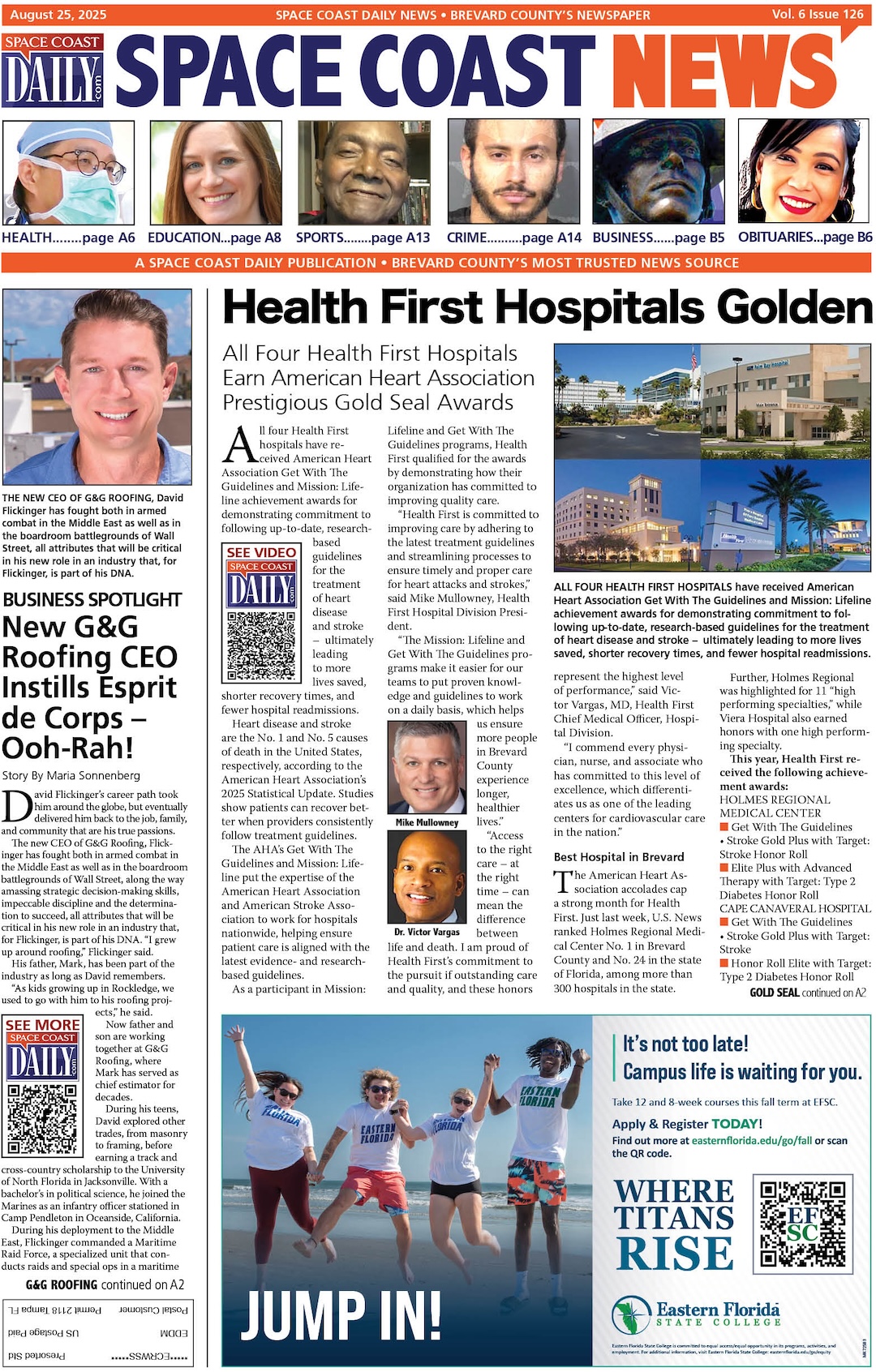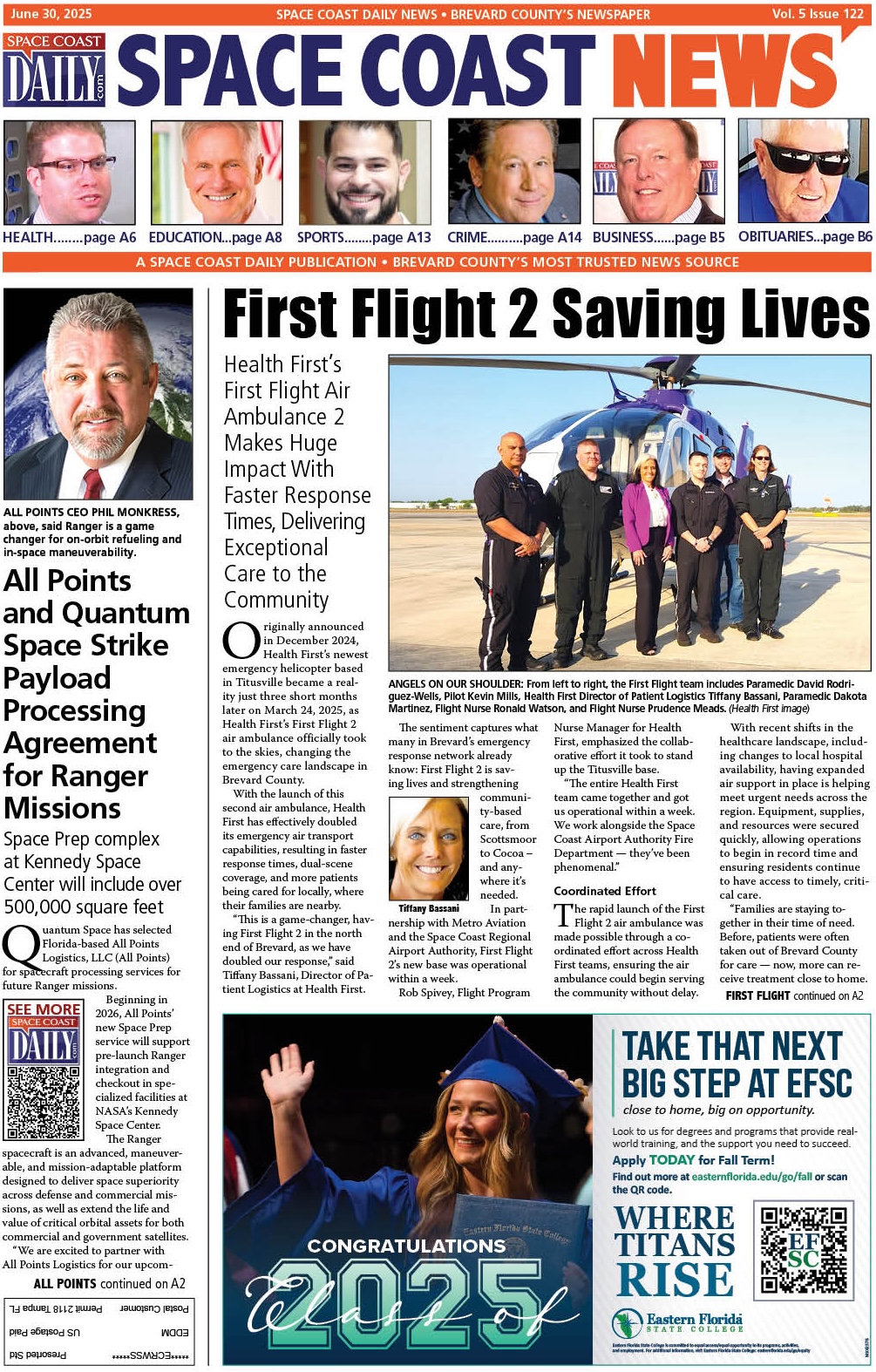What is a VR Medical Software
By Space Coast Daily // December 20, 2022

The medical industry is not one to be left behind regarding technology. With the development of Virtual Reality (VR) medical software, doctors and healthcare professionals can improve how they diagnose, treat and monitor their patients.
VR medical software is an immersive virtual experience that simulates the real-life environment in a doctor’s office or hospital. Virtual reality (VR) meets medical software, the ultimate fusion of technology and healthcare.
In essence, VR medical software is a virtual training program designed to allow healthcare professionals to understand better, diagnose, and treat their patients in a way that simulates a real-life encounter.

Comprised of sensors, interactive tools, and visualization technologies, this combination creates an immersive environment where students can go on virtual ‘field trips’ to learn about anatomy and pathology or enter clinical simulations of challenging healthcare cases.
With all these features rolled into one innovative package, medical virtual reality simulation software helps integrate knowledge into practice information and skills necessary for competent patient care. This blog post will explore the benefits and potential of VR medical software. So let’s get started.
Defining VR Medical Software
VR (virtual reality) medical software is an interactive technology that allows medical professionals to explore and interact with medical-related components such as anatomy models and clinical simulations in a completely immersive environment.
It enables doctors, nurses, and other medical personnel to access various patient conditions in 3D for educational purposes and to gain virtual experience in a simulated operating room.
This software can enhance postoperative care by providing telemedicine consultations or computer-aided surgeries. VR medical software is a great way to assist physicians with their educational needs while providing patients with the top-of-the-line healthcare they deserve.
Benefits Of VR Medical Software
With the vast potential of VR medical software, it is clear that combining these technologies offers numerous benefits. The immersive environment allows doctors and healthcare staff to practice patient care in a simulated setting, improving their knowledge and skills while reducing the risk of errors. Some of the benefits of VR Medical Software include the following:
Educational Purposes For Medical Professionals
VR medical software has become an increasingly popular technology for medical professionals seeking an innovative approach to their training and education. It is a state-of-the-art digital platform that offers realistic, immersive simulations of medical scenarios, allowing participants to practice and hone their skills in the virtual world before putting them into use in the real world.
This technology has revolutionized how medical professionals can interact with their patients and diagnose illnesses more accurately than ever before by allowing them to experience an enhanced 3D environment, creating a collaborative learning experience.
Dentistry For Practical Experience
Virtual reality dental software allows dentists to learn how to do dentistry in theory and gain practical experience by simulating dental procedures. In each simulation, a patient avatar is created, and the dentist can then virtually practice performing a range of treatments such as fillings, implants, general extractions, and more.
This can help dentists better understand how to correctly diagnose and treat various oral health issues while removing the obvious monetary and safety risks of practicing on a human patient. Virtual reality medical software offers an innovative learning method for all healthcare professionals.
Enhanced Surgical Outcomes for Patients
Virtual reality (VR) medical software can be a real game-changer regarding patient outcomes. Specifically, simulations allow for a higher-stakes platform for skilled professionals to hone their craft and develop flawless surgical techniques without putting any real lives at risk.
Armed with virtual models of tissue, bones, organs, and other materials, medical teams can practice standard treatments or new methods with precision before ever getting close to an operating table. Combine that with the ability to access detailed patient records digitally, and you could say VR technology is revolutionizing the medical field one simulated surgery at a time.
Operation Planning And “Test Runs”
Imagine increasing the accuracy of a medical operation just as quickly as downloading a new mobile app. That is precisely what VR medical software can provide for healthcare professionals. By using virtual reality, surgeons and clinicians can run through critical operations just like mobile app developers test out their apps before releasing them.
This increases the efficiency of the surgery by allowing the doctor to become familiar with the specific procedure ahead of time. It also reduces risk due to being able to identify potential risks that might arise before going in.
Through this technology, even novice surgeons can benefit from looking at things just like an experienced one may see and perfecting their technique just like any experienced app developer would.
Patient Informing And Consulting
From informing to consulting, VR medical software has become invaluable in providing quality care. The ability to create digital representations of health services and operations can be used to demonstrate complex procedures quickly and accurately, allowing greater patient engagement, understanding, and participation.
It also empowers healthcare teams with the data necessary for informed decision-making, giving them more time to focus on what matters: personalized patient care. Ultimately, using VR medical software within the industry provides new avenues for better communication between care providers and those they serve.












